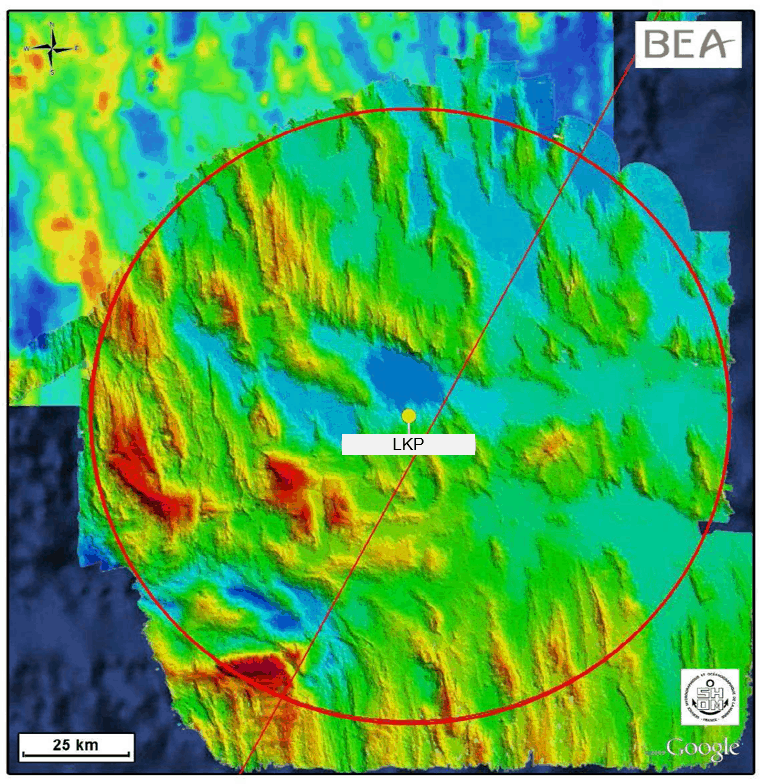Tracking and Fusion Overview
Tracking and fusion help us to estimate something that we cannot measure directly. Metron’s expertise in tracking and fusion allows us to create custom products offering deeper sensor insights and world-class predictions.
Indirect Observation
Tracking and Fusion are inter-related techniques which are critically important across a wide range of applications. They are both related to the general problem of “state estimation” which, as the name suggests, involves estimating the state of something – an enemy object (e.g., a missile or submarine that we want to stop), or a friendly object such as a person who we want to rescue.
In general the thing whose state needs to be estimated, which we will call the target, is not directly observable, but instead one or more kinds of indirect measurements can be made.

Fusion
From a statistical point of view, Fusion is an inference technique for combining data (e.g. measurements) from multiple sources to decide among multiple hypotheses (e.g. possible target states). Fusion reduces data to conclusions. Basic rules of inference describe how fusion should take place. Done properly, increasing the number of sources increases confidence in the conclusions. In a Bayesian framework, we start with prior information, apply Bayes Rule repeatedly to fuse in the data, and produce posterior information which provides more confident conclusions about the target.
Tracking
Tracking is a technique for estimating the target’s state and its changes over time. In a sense it is a special kind of fusion where the target is in motion (i.e. there are “kinematic” hypotheses) and priors on the hypotheses are changing dynamically due to target motion. Data from the past, current, and future can all influence the state estimate at any given time. If one’s primary interest is in the target’s state at a past time then this is called a smoothing problem, if it is the current target state this is called a filtering problem, and if it is a future state this is called a prediction problem.
